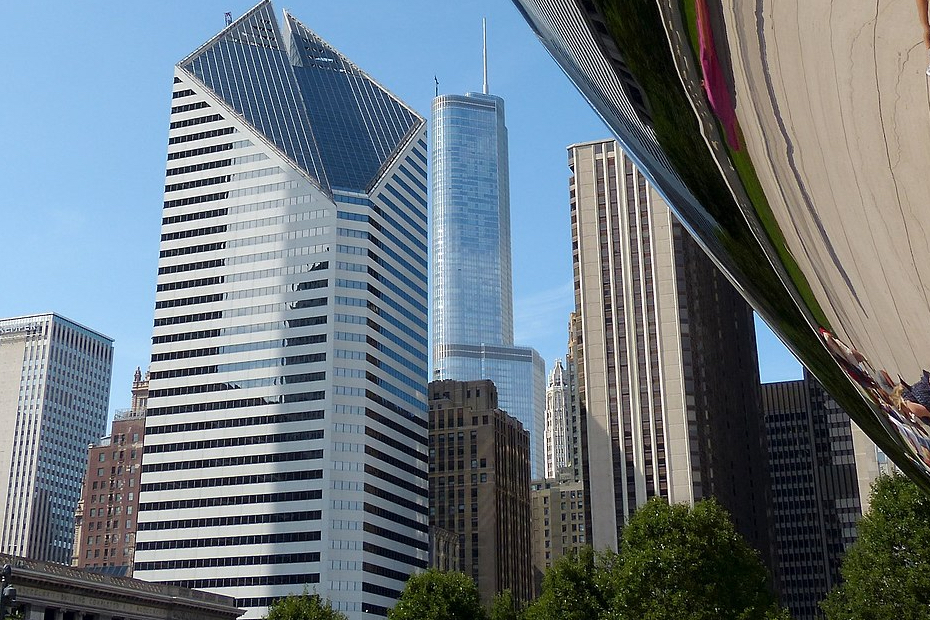Chicago, known as the birthplace of modern architecture, is a city that captivates architectural history enthusiasts with its iconic skyline and diverse range of architectural styles. From towering skyscrapers to historic landmarks, Chicago offers a treasure trove of architectural wonders. Here are five must-visit places for those who appreciate architectural history in the Windy City.
The Loop: The heart of Chicago’s downtown, the Loop is a vibrant district with a wealth of architectural gems. One cannot miss the iconic Willis Tower (formerly Sears Tower), an emblem of the city’s skyline and once the tallest building in the world. The Loop is also home to architectural marvels like the Chicago Board of Trade Building, the Rookery Building, and the Monadnock Building, showcasing various styles from Beaux-Arts to Art Deco.
Frank Lloyd Wright’s Robie House: Located in the Hyde Park neighborhood, the Robie House is an architectural masterpiece designed by the renowned Frank Lloyd Wright. Built in the early 20th century, this Prairie style residence showcases Wright’s innovative use of geometric forms, open spaces, and integration with nature. Guided tours offer an immersive experience, allowing visitors to appreciate Wright’s vision and the significance of the Robie House in architectural history.
Millennium Park: A modern architectural marvel, Millennium Park is a testament to Chicago’s commitment to blending art and architecture. The park’s centerpiece, Cloud Gate (affectionately known as “The Bean”), designed by Anish Kapoor, reflects the city’s skyline and creates unique reflections. Nearby, the Jay Pritzker Pavilion, designed by Frank Gehry, hosts concerts and performances, while other notable installations like Crown Fountain and Lurie Garden add to the park’s visual splendor.
The Museum Campus: Situated along Lake Michigan, the Museum Campus is home to some of Chicago’s most renowned museums, each housed in remarkable architectural structures. The Adler Planetarium, designed in a classical style, offers breathtaking views of the lake and sky. The Field Museum, with its neoclassical facade, houses an extensive collection of natural history artifacts. And the Shedd Aquarium, designed in a Beaux-Arts style, combines architecture, marine life, and conservation in a stunning setting.
The Historic Pullman District: A designated National Monument, the Pullman District offers a glimpse into Chicago’s industrial past and the evolution of urban planning. Developed in the late 19th century as a model industrial town, the district features historic row houses, the grand Hotel Florence, and the clock tower of the former administration building. Exploring this well-preserved district provides insight into the architectural and social history of urban planning in America.
These five destinations in Chicago represent the city’s architectural diversity and rich history. From the iconic skyscrapers of the Loop to the masterpieces of Frank Lloyd Wright and the cultural significance of Millennium Park, each place tells a unique story of Chicago’s architectural evolution. Visiting these sites allows one to appreciate the city’s ongoing commitment to architectural innovation and its enduring impact on the world of design and urban planning.
